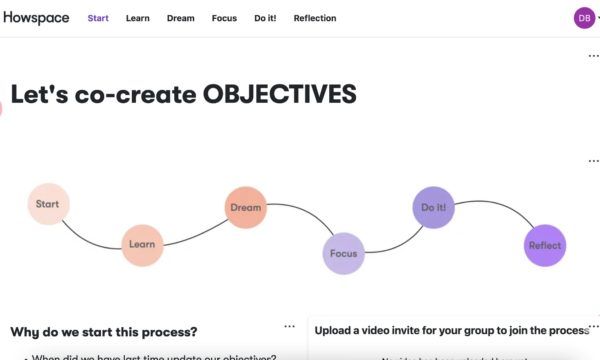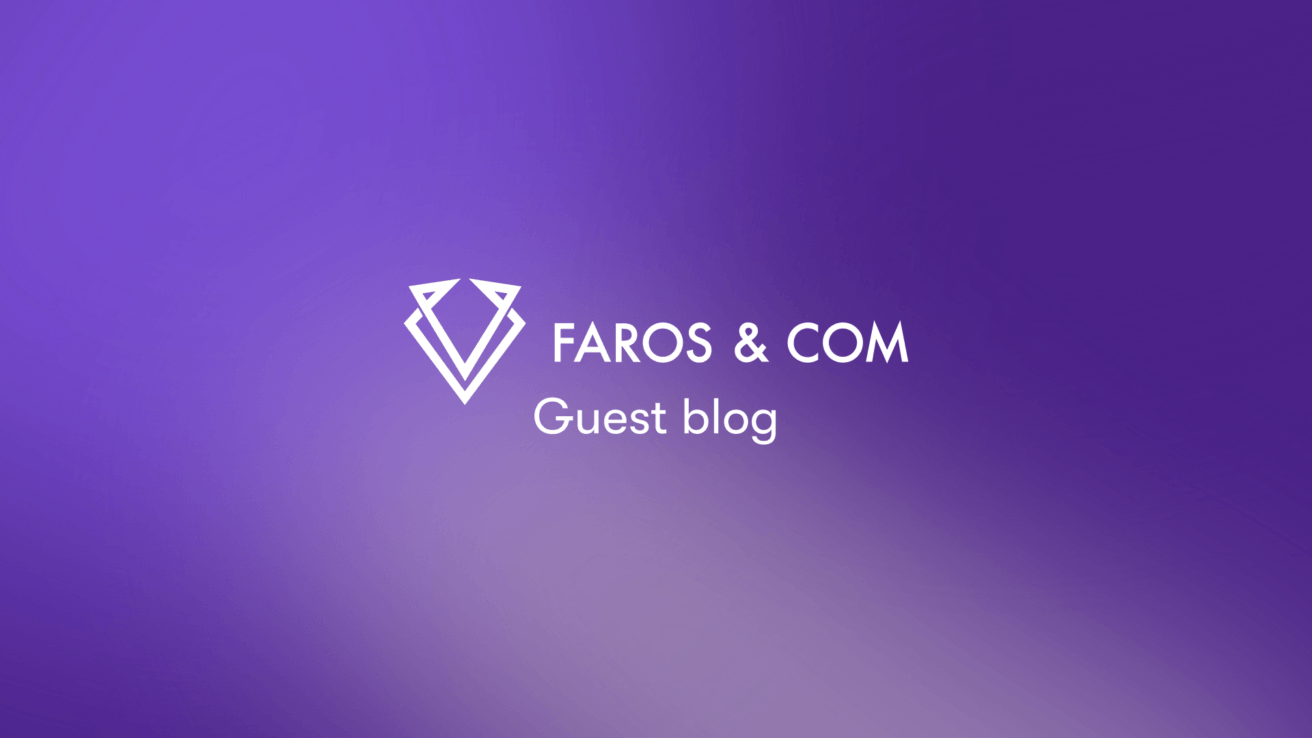
Sales allergy – can an expert become a top salesperson?
The author is Juhana Lamberg, CEO of the training company Faros & Com, with more than 20 years of experience in service culture in award-winning companies, retail, and management.
Why should you change, and what does a top salesperson even mean as a concept? Sales and customer service are words that can make many professionals sigh deeply. I often find myself discussing in different contexts how to get experts in different fields to sell when it feels like an oppressive push or shove. Yes, those are the words that are used.
Educators don’t want to sell skills development services since they want to coach or train. A sustainability expert is distracted by actively offering their services when not everyone understands the need for sustainability. A creative professional can build experiences and bring new content to people, but selling their own output is a distraction. The pet services specialist can see what the customer’s pet needs in a flash but doesn’t want to bother a dog owner with a snaggletooth who comes into the shop. The welfare services specialist would know that regular treatment would change the client’s daily life but is afraid to raise the issue.
The customer does not want to buy anything from a pushy salesperson but wants to escape or avoid such situations. Yes, we recognize when distressing high-pressure selling happens, but those situations are not.
Customer does not know what they need
Experts know their stuff better than the average consumer, so they have the knowledge to help others. Typically, a customer will meet an expert because of a need. The customer needs advice, help, another service, or a product. Even if the customer has found the expert’s help, they may not know everything they need. It may be that what the customer is looking for only partially solves the customer’s problem or that another option might work better. The client may have too narrow a view, too little knowledge, or too little experience.
This is why it is important that the professional plays an active role in the situation so that the client finds the best solution and is satisfied with the professional’s work. Therefore, the expert should ask and listen to the customer carefully and then explain what the proposed service or product will solve as precisely as possible. What is the benefit for the customer? What problem will it solve? Why is this product or service worth buying? What is its value to the customer?
Consider how the doctor works when a patient comes to the clinic: analyzing the situation, asking questions, listening, other analyses, and finally proposing a solution. The situation is often checked later to see if the problem has been resolved. This is where we can easily understand how the doctor and the patient work. This is normal practice, but why is it more challenging for experts in the previous examples?
A medicine for sales allergy
I mentioned at the beginning that I had discussed this topic with several experts in different organizations and fields. The experts have wanted to help the customer, but sales seemed like a poison to them. Discussing sales with experts has often been challenging, as it has brought emotions to the surface or even broken off the conversation. However, a cure for the sales allergy has been found: helping the customer! Let’s ditch the sales pitch and help the customer responsibly.
Barriers to sales are barriers to change
My conversations with people from different organizations have been linked to the change journey of many experts. Before coaching sessions, I explored the barriers to sales for experts. What distracts, hinders, or impedes their own sales work? You can find this out through a questionnaire, a discussion, or even a social discussion platform. In any case, it is worth bringing the obstacles to the attention of the whole training group, either as a list or, for example, with a word cloud on Howspace. At the end of the training, you can return to the list and check whether all the obstacles have been addressed.
The starting point is almost always the same: for some reason, the sale of the expert’s services or products does not go as expected, and the situations described earlier come up. In many cases, management sets sales targets for experts, and these targets quickly become fears and challenges if the experts’ mindsets do not change.
Once the barriers to sales have been identified, it is a good idea to bring the customer’s perspective into the coaching situation: what does the customer value and expect? This can be discussed at a general level and then considered in terms of the expert’s activities: what do customers usually expect when buying services? What are my customers’ expectations? It’s worth bringing out the customers’ views through feedback or stories to set the scene for new thinking.
I have noticed that it is often easier for experts to understand the opinions or wishes of customers than the advice from senior management. It is easier to justify the need for change with the expectations of the paying customer – easier to internalize. They enable the expert to build a better customer experience and manage customer relationships. As a result, sales increase as the customer gets better solutions and keeps returning for more. That’s starting to sound like a profitable business!
In coaching, experts understand that building trust, identifying customer needs, i.e., actively listening, and suggesting solutions are the best services they can provide to the customer. The client appreciates the expert’s pro-activity in finding a solution. Many have found their work more interesting and meaningful since this change. But wait a minute – this is sales, building the best customer experience!
How can you build this sales transformation? Let’s walk through the points of the change process in outline:
1 Initial mapping and orientation: Let’s start with an initial mapping and orientation on the topic, for example, with Howspace. It is worth considering whether, for example, a senior management video on the subject would improve the ground for change. Or should we go through customer requests or other feedback?
2 Identify barriers: List the barriers to action on a whiteboard, questionnaire, or discussion platform.
3 Building trust: Start building trust through discussion and interaction. At this point, it is useful to verbalize participants’ feelings.
4 Create meaning: Discuss why the topic is important. Create meaning so that as many people can feel the topic is important. What is in it for me, what is in it for the customer, what about the company’s perspective?
5 Identifying customer needs: Practice identifying customer needs in pairs or small groups. Open questions will give you more information about the customer’s situation. On the other hand, with targeted, precise questions, you can eliminate bad options. An important discussion at this point is also to address the common situations where the client refuses. This “no” from the client usually scares many people – even when the expert is passive and does not dare to suggest anything.
6 Offering solutions: In pairs or small groups, practice offering solutions, considering what the client has just said. It is worth remembering that the client may not know what they need. The expert helps the client in an active and responsible way. It is worth remembering to go on the client’s terms. Pushing and shoving is just that, pushing customers to buy something they don’t need. That’s not the point.
7 Customer satisfaction: The professional then ensures that the customer is satisfied with the service situation, how they were treated, and what solution was found for them, making it easier for them to return. A satisfied customer is the best marketing communication when they recommend the expert to others.
8 Repetition: The more often the expert gets to do points 5–7, the better the articulation of their own expertise becomes natural, the more the client’s needs are taken into account, and the better the chances of building win-win situations between the expert and the client.
From expert to top salesperson
An expert can become a top salesperson in their field because quality sales are about actively helping people. Here is one feedback from an expert’s personal transformation: “Sales and customer service is probably the worst thing I could imagine doing. But what the heck, the trainer got me all excited! Now it’s easier and more comfortable to get started in customer service when you know what you’re doing.”
When an expert actively helps, they naturally become a top salesperson. An organizational transformation journey is possible if more experts get excited about the topic and change their own behavior. Then everyone wins.
You might be interested in these as well
View all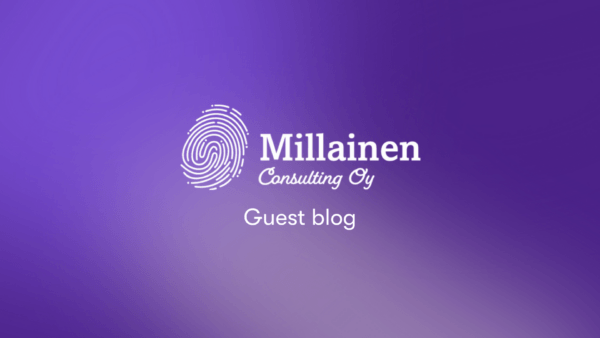
Emotional Leadership in Change and Transformations at Different Organizational Levels
Discover the power of emotional leadership in navigating change at different organizational levels.

Gofore joins forces with Howspace as a new strategic partner
Gofore joins forces with Howspace as a new strategic partner to drive human-centric digital transformation.
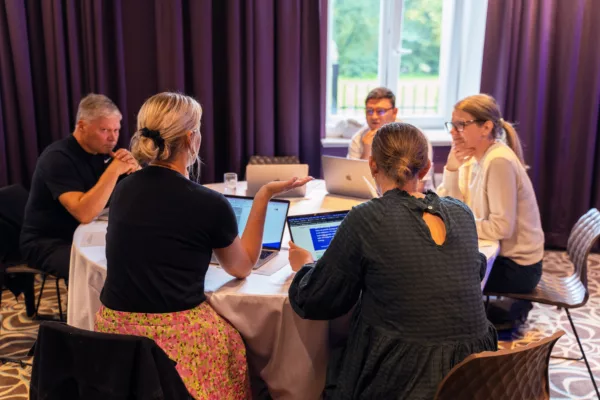
Make Your Decision-Making More Inclusive and Effective
Participatory decision-making taps into the collective wisdom of your entire workforce. Here’s how to make more impactful decisions in your organization.
Templates related to this topic
View all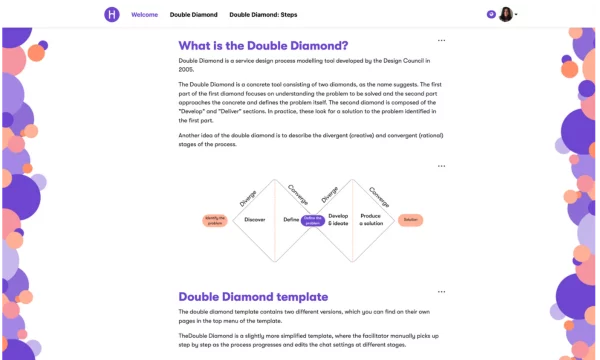
Double Diamond
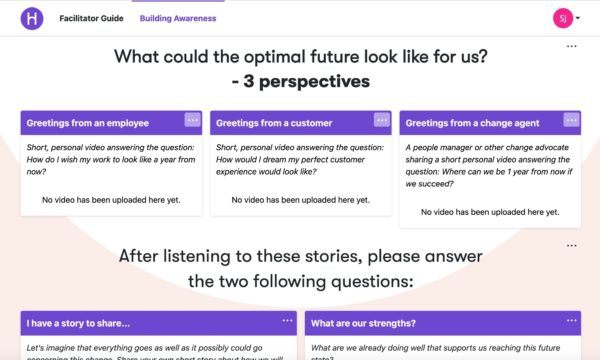
ADKAR: Awareness Stage
